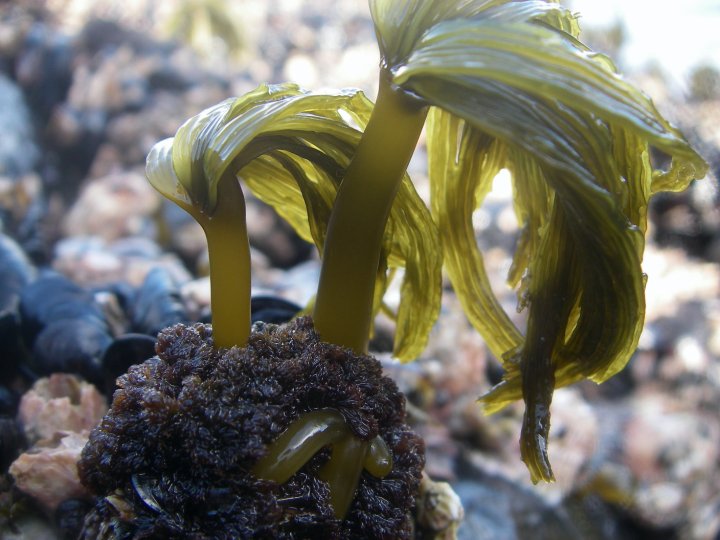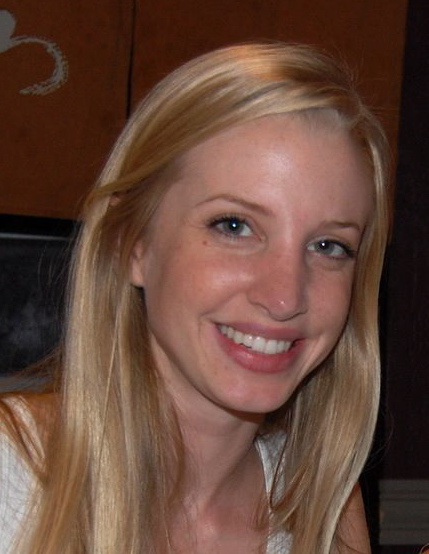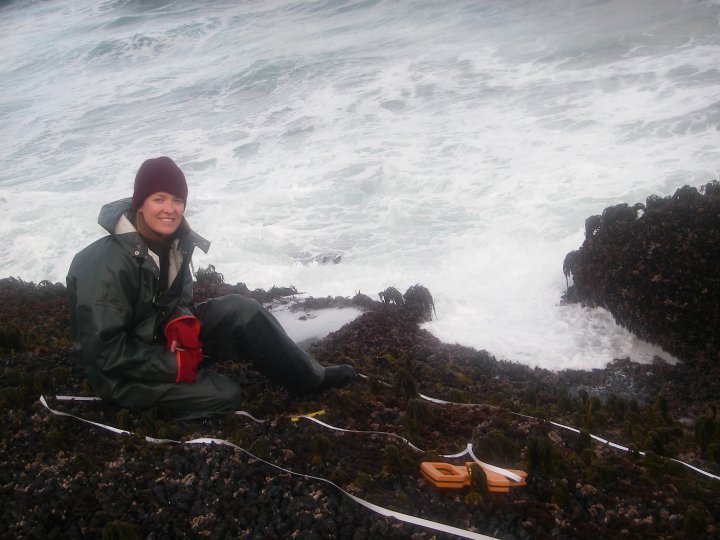

by Brynn Hooton-Kaufman, Phycology Lab
On any given month during a good low tide, you can usually find Sara scuttling amongst the crashing waves in the intertidal zone at Soberanes Point, searching on her hands and knees for palms. No, not palm trees, but Sea Palms, known by the scientific name of Postelsia palmaeformis. Rain or shine, day and night, Sara crawls around the boulders on the fringes of the tide pools to find new Sea Palm babies that have sprung up in her study area.

Sara is studying community interactions of seaweed in the rocky intertidal, and more specifically, she’s looking at what these baby Sea Palms grow on. In some places along the coastline of the Pacific Northwest, Sea Palms only grow on bare rock where they can get a super good grip on the rocks to avoid being ripped off by mighty waves. But here, along our Central California coast, Sara sees a different trend. She sees Sea Palms mostly growing on intertidal coralline algae that creates a turf. To find out more about Sara’s thesis project, and take a look at her Student Profile. Also check back often for Sara’s first hand account of sampling in the rocky, wave-swept intertidal.
Sara is deep into her third year at Moss Landing Marine Labs, but even before she started graduate school she had many amazing adventures. She studied for a semester abroad in the Galapagos Islands, worked as a behavioral ecologist, and studied humpback whales. You can read more about her exciting experiences here. Check back often for stories from Sara, and to hear more about her rocky intertidal endeavors with Sea Palms.

